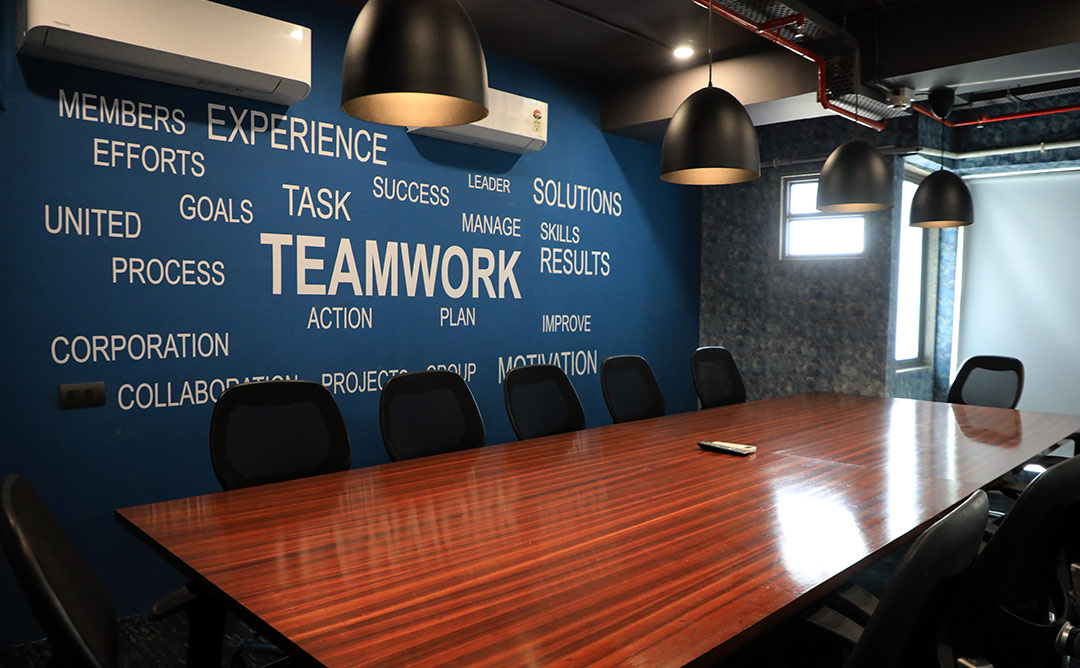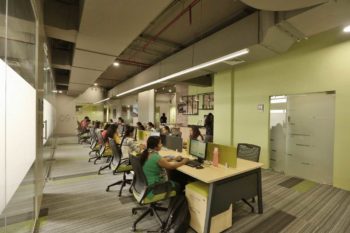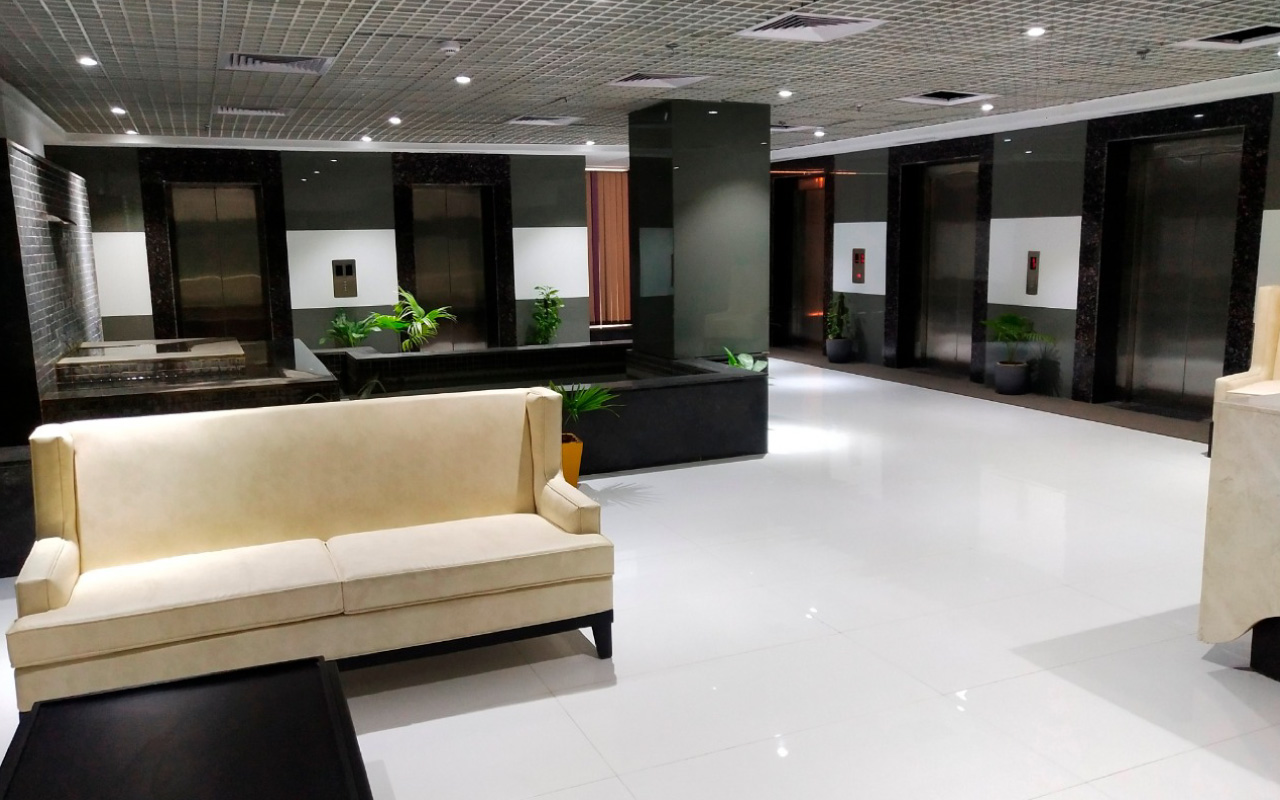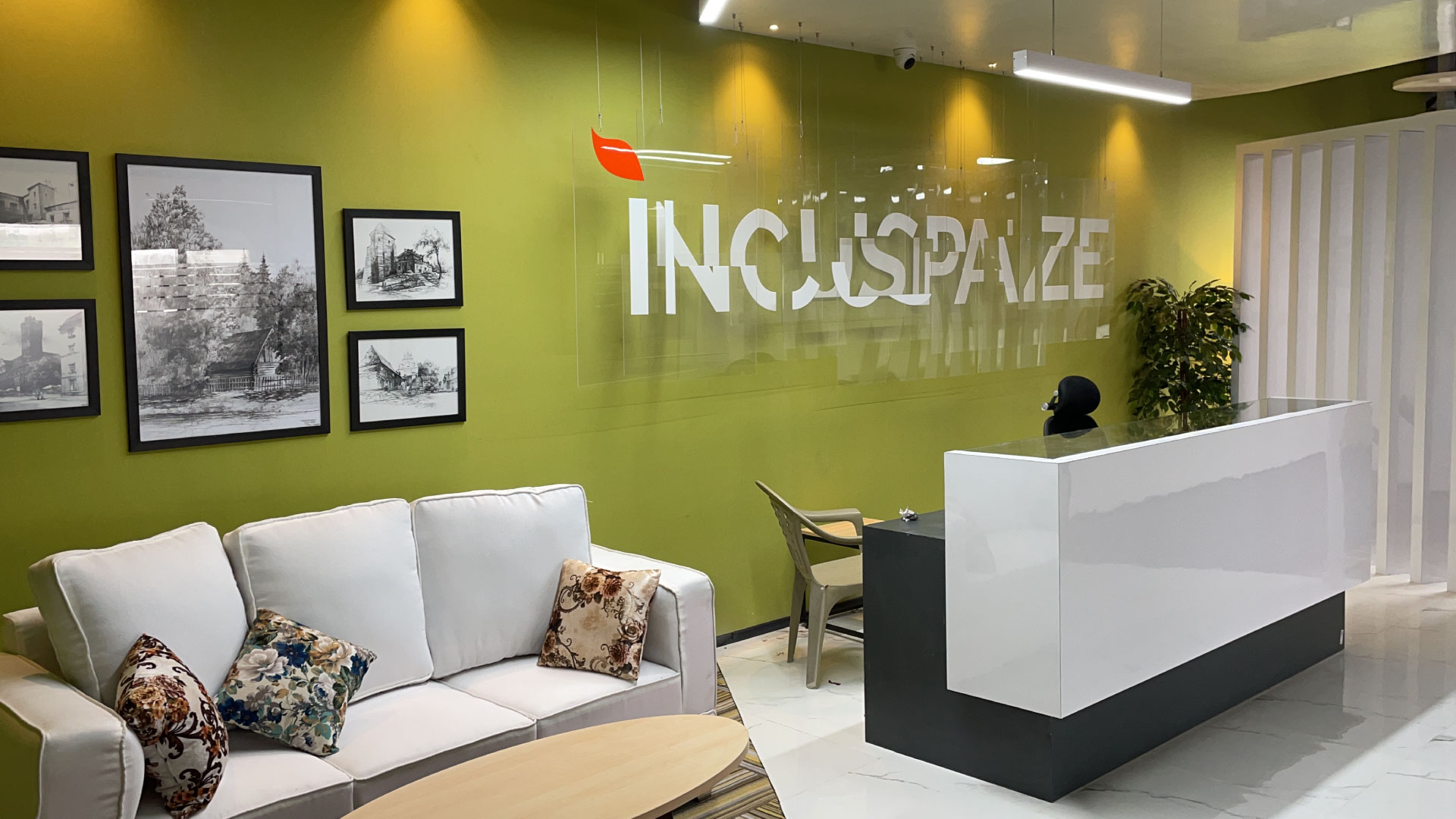It’s been more almost a year since the WHO broke the news of the pandemic. All of us have lived our lives through the lockdown – some lost their jobs and those who made it, managed from their make-shift work-from-home offices. The future of work, as such indeed looks uncertain and we don’t know how soon things would “normalize” again.
From the work’s perspective, organizations are facing the challenges of the changes in the workplace. The pandemic has normalized remote working but what does it mean for the remaining workforce and how organizations are dealing with keeping the change? What changes at the workplace will it bring and how will it impact the way we communicate and connect with our coworkers? The answer lies in re-planning and finding out flexible solutions from the workspace’s point of view.
What changes do organizations need to bring in their workspace in a pandemic hit world?
Today more than half of the global workforce is working remotely. Does it mean that workspaces of today should revamp their structure to deal with change?
- Office goers have ditched their daily commutes to work from their living rooms and bedrooms.
- Many of us may find this solution favourable in the long haul, but as businesses (and the economy) are trying to recover, the new challenges that organizations face are to create a productive ambience as the restrictions slowly lift and people join back the office.

- This change will give the team-members a breather from linear working conditions and create natural, happier workplaces.
One significant lesson that the pandemic has taught all of us is that targets can be achieved remotely without significantly dropping productivity or even quality.
Workspaces of today should focus on the flexibility of their employees
- By making offices more flexible, organizations can hope to bring higher collaboration and help their team members generate productive ideas.
- As working from home extends the workday and diminishes work-life balance – flexible workspaces will allow people to focus on the work without affecting morale.

What other factors should organizations keep in mind while implementing the changes in the workplace?
Organizations re-planning their working arrangements need to configure the hybrid configurations and distributed workplace.
Keeping the “virtual -first” is the need of the hour. Satellite and virtual office solutions help the team members to work remotely or attend meetings without any hassles and as per their preferences.
Virtual office setups also help team managers to mentor, collaborate, and even evaluate performances.
High-speed internet access (as compared to the hindered and irregular network at home) cloud-storage, access and security, also give the organization the added advantages to build high-technology workspaces tailored for an individual’s or team’s requirements.

The organizations which have resumed their operations are seeing a good attendance record because people still want to work from an office that offers them the facilities and collaboration that they need to be more productive.
Work only looks like work when you’re working alone. When you work with like-minded folks it becomes more of a team-task. That is the biggest cultural shift modern offices are hoping to bring in. With the change in their designs, layouts, aesthetics, breakout zones, and other amenities, organizations can help their teams work in a productive and thought-free environment.
Companies can opt for opening up regional offices and get access to coworking spaces wherever their workforce are present, rather than operating from a single location.
In terms of layouts, open, uncluttered layouts will become common. Spaced out desks and private cabins with sanitizing points will become the norm, and workers may even seek out spaces for focused work, such as privacy booths.
Sensors at entry and exit points and at washrooms would become even more important. Dedicated meeting and conference rooms for team collaboration will be the most sought out options.
This feasibility of access to the workspaces near to them will allow greater flexibility to the office goers’ lives.
Considering this from a recruitment point of view – companies can attract good talent with their ultra-modern offices and that could also boost the brand identity and their overall influence.
Taking these factors in mind and understanding the fact that only with providing feature-rich, flexible workspaces organizations can hope for a change at work. This could also be the silver lining in bringing back their workforce with full vigour. As companies reflect on their real estate footprint, they should think about how their workforce can work more efficiently – will they be more productive at their HQ spaces or should they adopt a more flexible model? The pressure on demand will create a drive to quality, toward buildings that deliver a better experience for users and are technologically advanced.
Even locally, flexible offices and coworking spaces in Gurgaon, New Delhi, Mumbai and other major cities have come up with modern solutions for organizations to have better, focused teams. If you’re looking for an office space for your team book a tour today at Incuspaze!



 +91-9930662621
+91-9930662621





